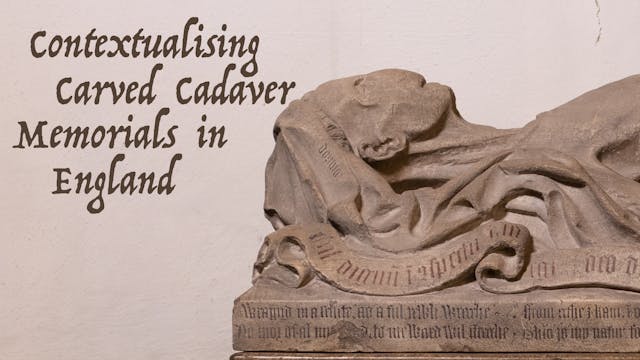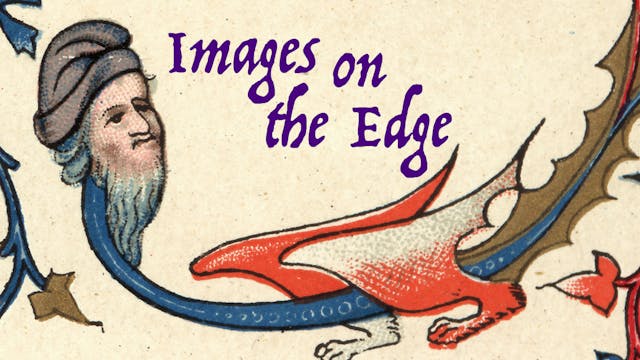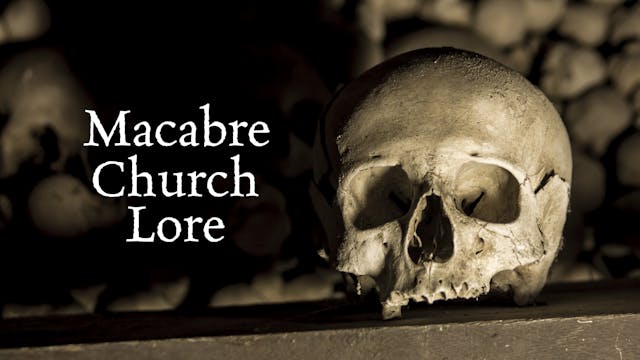Uncommon Prayer: The Tudor Chapel Royal and High Church Tradition
Our Free Lectures
•
58m
In the 16th century, the Chapel Royal was both at the heart of the Ecclesiastical Establishment as the personal chapel of the Supreme Governor, but at the same time very much outside it, even for a time, maintaining, along with the Royal Colleges of Westminster and Windsor, a form of liturgy that appealed to foreign dignitaries and appalled native puritans in equal measure. This became increasingly important as, under the new Scottish monarch of the joint kingdoms, the Chapel’s influence broadened beyond that of the Court, to the national church, providing a gold standard for how reformed catholic worship ought to be. Despite its huge influence, the Chapel Royal remains something of an enigmatic institution which deserves to be better understood. Canon Anthony Howe, who as one of the Chaplains is a member of the current Chapel Royal will introduce some of the paradoxes that have been part of its life since the reformation, and how it played such a huge part in what became the great religious debate that divided the nations to the point of Civil War.
Fr Anthony Howe was born in Suffolk and educated in Ipswich, at the same school as Thomas Wolsey. He graduated in Music at The Queen’s College, Oxford before being ordained. Prior to becoming Chaplain in September 2015, he served curacies in Newbury and Barnsley and was for nine years the Vicar of Staincliffe in West Yorkshire. As Chaplain of Hampton Court Palace’s Chapel Royal he is responsible for serving HM The Queen in the Chapels Royal, alongside undertaking services for residents and staff of the palace. His ministry will also extend to palace visitors and regular worshipers.
Up Next in Our Free Lectures
-
Contextualising Carved Cadavers Memor...
This talk explores the carved cadaver memorials in England. It places them in their theological and vernacular religious context, as well as providing a little information on where they sit in relation to images of the dead in medieval culture, and their connection to the body. It also touches on...
-
Images on the Edge: churches, manuscr...
Enjoy this amazing talk, which is given by leading medieval art expert, Professor Paul Binski.
Medieval England was famous for its marginal art - bizarre, funny and playful images crowd the borders of illuminated manuscripts and peek out at us in parish churches. But what were they for? Did they...
-
Macabre Church Lore
England's churches and churchyards have long been the focus of unsettling popular beliefs, from the monstrous black dog known as the Churchyard Grim to spectral appearances and the sinister machinations of witches, while even churches themselves sometimes housed sinister objects, such as a magica...



